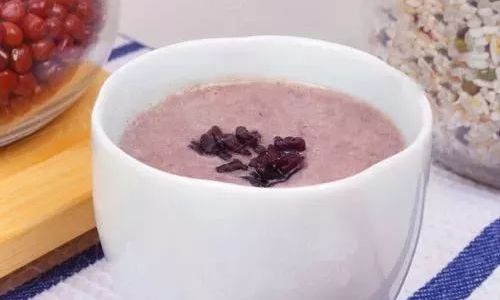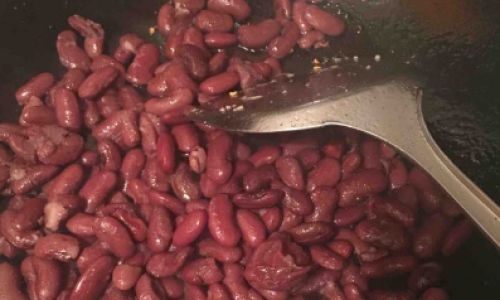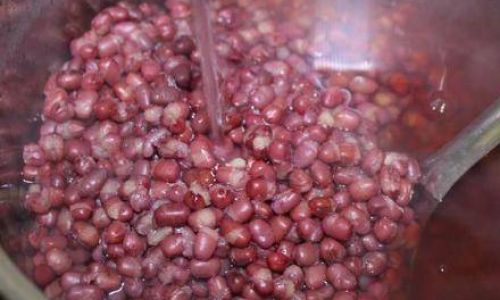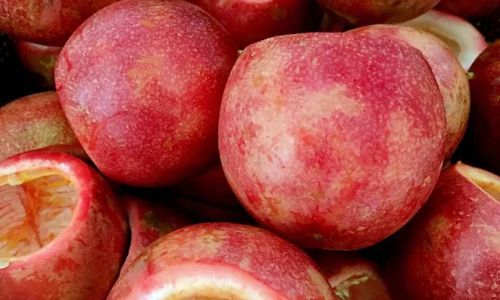Table of content
Red beans, scientifically known as Vigna angularis, are a staple in global cuisines, prized for their earthy flavor, versatility, and nutritional richness. Whether you’re preparing a hearty stew, a sweet dessert, or a savory side dish, achieving the ideal texture—tender yet intact, with a melt-in-the-mouth quality—requires precision. One of the most common questions home cooks and chefs alike face is: How long does it take to cook red beans to perfection? This article delves into the science, techniques, and variables that influence cooking time, ensuring your red beans are flawlessly cooked every time.
Understanding Red Beans: Varieties and Preparation
Before diving into cooking times, it’s essential to recognize that not all red beans are created equal. The term “red beans” can refer to several varieties, including adzuki beans (small, red, and commonly used in Asian desserts), kidney beans (larger, with a deeper red hue), and even cranberry beans. Each type has distinct cooking times due to differences in size, density, and age. For instance, adzuki beans typically cook faster than kidney beans due to their smaller size.
Preparation Steps:

- Sorting and Rinsing: Always sort through dry beans to remove debris, stones, or shriveled pieces. Rinse them under cold water to eliminate dust or impurities.
- Soaking: Soaking red beans is optional but highly recommended. It reduces cooking time, enhances digestibility, and ensures even cooking.
- Overnight Soak: Submerge beans in 3–4 times their volume of water and let them soak for 6–8 hours (or overnight) in the refrigerator.
- Quick Soak: Boil beans for 2 minutes, then remove from heat, cover, and let them sit for 1 hour.
- No Soak: Cooking without soaking increases time but preserves nutrients slightly better.
Factors Influencing Cooking Time
Several variables affect how long red beans take to cook:
- Age of Beans: Older beans dry out over time, requiring longer cooking. Purchase fresh beans from reputable sources and store them in airtight containers.
- Soaking Method: As mentioned, soaked beans cook faster.
- Altitude: At high elevations, water boils at lower temperatures, prolonging cooking times.
- Heat Source: Stovetop, slow cooker, pressure cooker—each method varies in efficiency.
- Desired Texture: Soft beans for purées cook longer than al dente beans for salads.
Cooking Methods and Timelines
Stovetop Cooking (Traditional Method)
The stovetop offers the most control but demands vigilance.
-
Soaked Beans:
- After draining soaked beans, place them in a pot with fresh water (3:1 ratio of water to beans).
- Bring to a boil, then reduce heat to a gentle simmer.
- Cooking Time: 20–40 minutes. Adzuki beans may finish in 20 minutes; larger varieties like kidney beans take 30–40.
- Testing Doneness: Blow on a spoonful; the skin should curl slightly. Alternatively, mash a bean against the pot’s side—it should smash easily but retain shape.
-
Unsoaked Beans:
Simmer for 45–60 minutes. Check frequently to prevent overcooking.
Pro Tip: Add aromatic ingredients like garlic, onions, or bay leaves during cooking for depth. Avoid acidic ingredients (tomatoes, vinegar) until beans are tender, as they harden the skins.

Slow Cooker (Convenience Method)
Ideal for busy cooks, but timing varies by appliance.
- Soaked Beans: 4–6 hours on low heat.
- Unsoaked Beans: 6–8 hours on low.
Note: Slow cookers retain moisture, so use minimal liquid (2:1 ratio). Overfilling can lead to mushy beans.
Pressure Cooker (Speed Method)
Pressure cooking slashes time significantly.
- Soaked Beans: 8–12 minutes at high pressure.
- Unsoaked Beans: 15–20 minutes.
Safety Tip: Allow natural pressure release for 10 minutes to prevent splattering.
Troubleshooting Common Issues
-
Undercooked Beans:
- Cause: Insufficient time, high heat, or old beans.
- Fix: Continue simmering, adding hot water if needed.
-
Overcooked Beans:

- Cause: Excessive heat or time.
- Fix: Monitor closely in the final stages. Remove from heat once tender.
-
Split or Mushy Beans:
- Cause: Aggressive boiling or over-soaking.
- Fix: Simmer gently; reduce soaking time.
Nutritional Benefits of Red Beans
Beyond their culinary appeal, red beans are a nutritional powerhouse:
- Fiber: Promotes digestive health and regulates blood sugar.
- Protein: A plant-based protein source (1 cup ≈ 15g).
- Antioxidants: Rich in polyphenols, which combat inflammation.
- Minerals: Iron, magnesium, and potassium support heart and bone health.
Creative Recipes and Pairings
Classic Red Bean Stew
- Ingredients: Soaked red beans, diced tomatoes, onions, carrots, smoked paprika, vegetable broth.
- Method: Sauté vegetables, add beans and broth, simmer until tender. Serve with crusty bread.
Sweet Red Bean Paste (Anko)
- Ingredients: Adzuki beans, sugar, salt.
- Method: Cook beans until soft, mash, and sweeten. Use in desserts like mochi or pancakes.
Red Bean Salad
- Ingredients: Cooked beans, cherry tomatoes, cucumber, feta, lemon dressing.
- Method: Toss ingredients and serve chilled for a refreshing dish.
Conclusion: The Pursuit of Perfection
Cooking red beans to perfection is an art that balances science and intuition. While general guidelines suggest 20–60 minutes depending on the method, variables like bean age, altitude, and desired texture demand flexibility. Experimentation is key—master one method, then adapt. Whether you’re crafting a comforting stew or a vibrant salad, the effort yields a versatile ingredient that elevates any meal. So, the next time you ask, “How long?” remember: patience, attention, and a dash of culinary curiosity are your best tools.
Final Tip: Cooked red beans freeze beautifully. Portion them into airtight containers for up to three months, and you’ll always have a shortcut to deliciousness.
This article equips you with the knowledge to transform humble red beans into culinary triumphs. Adjust, taste, and savor the process—your taste buds will thank you.






0 comments